Why is Wind Power So Expensive?
This post focuses on a like-for-like comparison of power generation costs.
Consider a classic PR announcement that PQR Renewable Energy is intending to spend £1 billion on an offshore wind farm that will supply 500,000 households with electricity and will create 200 permanent jobs (the example and numbers are fictitious). Does this mean what it says? Two points will illustrate why it does not.
The cost will normally exclude the cost of providing the lines required to transmit the power that is generated from the wind farm to wherever it is used. This is a service provided by National Grid or other companies. Any additional investment that may be required falls outside the ambit of the power project.
Does the statement literally mean that we could ring-fence 500,000 households and supply them with electricity exclusively from the wind farm? Not unless they are willing to put up with interruptions to supply when turbines fail or the wind does not blow or demand for electricity is too high. Since customers generally expect the lights or heating to go on and stay on when it gets dark or cold, someone has to bear the costs of coping with such interruptions.
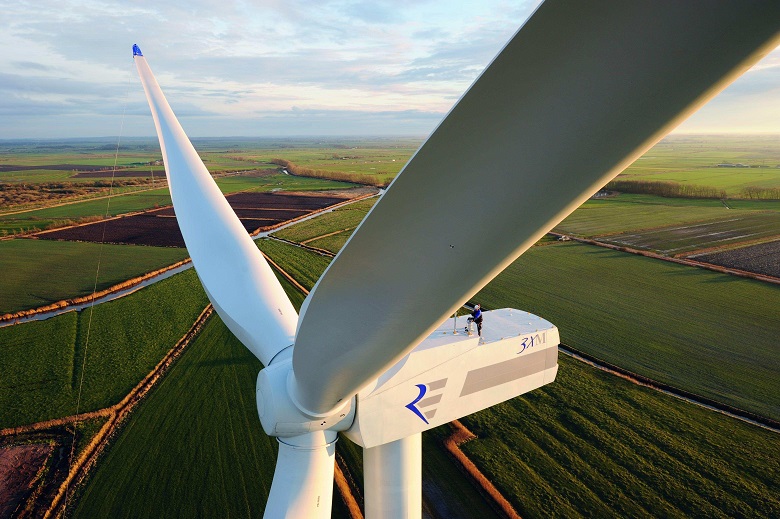
Electricity systems are designed to meet a demand for electricity that varies by location and by minute, hour and day. They draw upon power generated by power stations that are widely dispersed over the country and which have different technical capabilities to respond to changes in the amount of power that is required. A series of daily load curve describe the pattern of demand for electricity under various weather conditions at different times of day and at different times of the year. In the UK and other countries in NW Europe, the peak demand for electricity tends to occur in the morning and evening periods of cold days in December and January when the length of daylight is short but when people are travelling to or are at work. Other countries have summer peaks because electricity is used for air conditioning. The minimum demand for electricity usually occurs in the early hours of the morning, though seasonal influences on demand for lighting, heating or cooling also play a role. The average minimum demand for electricity over the year is referred to as the annual base load, because it represents the amount of generating capacity that has to run all of the time apart from periods of maintenance. The difference between peak and base load demand varies greatly across countries annual base load may be as low as 30% or as high as 50% of peak demand. The variation between peak and minimum load on a daily basis is less than this, because the demand curve tends to shift up or down due to seasonal factors. A common pattern is that demand will be less than 70% of peak daily demand for 4-6 hours per day. This may be regarded as the daily base load.
In the absence of ways of storing electricity, fluctuations in demand can be met in two broad ways. Some plants particularly gas turbines and hydro with storage reservoirs can be switched on or off at relatively short notice to meet peak demand. Otherwise, it is necessary to rely upon spinning reserve, which consists of plants that are running but with generators that are either disconnected or operating at less than full capacity. Plants whose output can be increased or decreased with some period of notice are known as load-following generators. In most countries nuclear power plants are designed to operate at full capacity or not at all, while various types of gas-fired plants offer much greater flexibility in responding to fluctuations in demand. Large electricity systems have a mixture of plants with different load-following characteristics which can be managed to meet the load curve in an efficient and reliable manner.
It is also important to distinguish between dispatchable and intermittent forms of generation. Dispatchable generators are ones which can be operated to meet demand when it arises, though with varying start-up periods. Nuclear, coal and gas plants all provide dispatchable generation, as do hydro plants if they have storage reservoirs. In contrast, most forms of renewable generation are intermittent, i.e. they are not dispatchable because they can only run when the wind is blowing or the sun is shining, rather than when there is demand for electricity. There are intermediate renewable technologies such as run-of-river hydro plants, tidal barrages or some types of solar thermal plants which may be viewed as partially dispatchable. For example, the fact that tidal power is predictable does not mean that it is dispatchable unless it is accompanied by storage from which water can be released when power is required.
These technical differences are hugely important. Most of the comparisons between the costs of renewable and non-renewable types of generation focus on the cost per MWh based upon an assumption of uniform load factors and a standard discount rate to translate capital and operating costs into a single cost what is referred to as the "levelised cost per MWh". Unfortunately, in economic terms 1 MWh generated at 9 am on a December morning is simply not the same product as 1 MWh generated at 2 am in the middle of June. Levelised costs are useful for comparing generation technologies that are dispatchable and will be used to meet base load demand. They are profoundly misleading when used for any other comparisons.
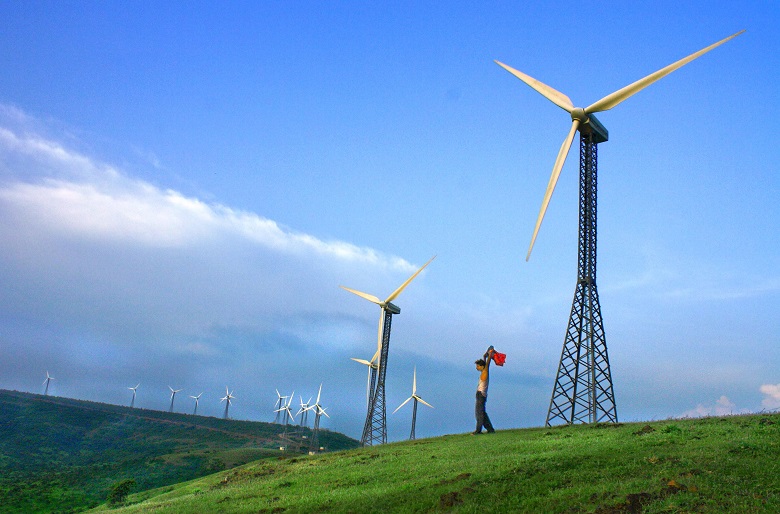
A number of arguments are sometimes made to suggest that the intermittency and lack of load-following capability of renewable technologies should not be regarded as a serious constraint on their application. The arguments are of three types: pooling, storage and load shifting.
Pooling. In the case of wind power the pooling argument is that, while winds may be insufficient to generate power at any one wind farm, on average there will be sufficient wind for substantial generation from a large and dispersed set of wind farms. This is partly correct, but it does not help on a cold December morning with an Arctic high covering most of the UK. In any case, the pooling argument amounts to the statement that we need generating and transmission capacity equal to X times the level of demand that is served by wind power, where the value of X depends upon the typical load factor for wind farms during periods of high or medium demand, i.e. not during the summer.
Storage. The impact of intermittent generation can be offset if there is sufficient storage. In practice, this means hydro plants with storage reservoirs including pumped storage. It is certainly the case that the marginal value of additional storage is substantial in systems with large amounts of intermittent generation. However, intermittency is only part of the story. The marginal value of storage is also high when there is a large difference between the marginal costs of generation for base load (e.g. nuclear plants) and peak generation (e.g. gas turbines). In the UK and other European countries it has been worth investing in storage where this is possible or acceptable for more than 30 years. The introduction of renewable generation does not change the constraints that limit the amount of storage.
Load shifting. This is the complement to storage and the arguments are similar. Interruptible supply contracts, time of day pricing, and other arrangements are designed to shift load from peak to non-peak periods. In most cases they achieve little more than limited reductions in peak demand, shaving or spreading the total level of peak demand over a longer period. From an environmental perspective the main effect of interruptible supply contracts is to shift generation from system peaking plants to industrial backup plants with little or no reductions in emissions. Again, there have been strong reasons to encourage load shifting for more than 30 years and many efforts have been made to promote it. The practical reality is that the gains tend to be small while the costs are relatively high. Claims for the savings made possible by "smart" networks are little more than sales talk that ignores the substantial body of evidence based on actual experience.
Consider a classic PR announcement that PQR Renewable Energy is intending to spend £1 billion on an offshore wind farm that will supply 500,000 households with electricity and will create 200 permanent jobs (the example and numbers are fictitious). Does this mean what it says? Two points will illustrate why it does not.
The cost will normally exclude the cost of providing the lines required to transmit the power that is generated from the wind farm to wherever it is used. This is a service provided by National Grid or other companies. Any additional investment that may be required falls outside the ambit of the power project.
Does the statement literally mean that we could ring-fence 500,000 households and supply them with electricity exclusively from the wind farm? Not unless they are willing to put up with interruptions to supply when turbines fail or the wind does not blow or demand for electricity is too high. Since customers generally expect the lights or heating to go on and stay on when it gets dark or cold, someone has to bear the costs of coping with such interruptions.

Electricity systems are designed to meet a demand for electricity that varies by location and by minute, hour and day. They draw upon power generated by power stations that are widely dispersed over the country and which have different technical capabilities to respond to changes in the amount of power that is required. A series of daily load curve describe the pattern of demand for electricity under various weather conditions at different times of day and at different times of the year. In the UK and other countries in NW Europe, the peak demand for electricity tends to occur in the morning and evening periods of cold days in December and January when the length of daylight is short but when people are travelling to or are at work. Other countries have summer peaks because electricity is used for air conditioning. The minimum demand for electricity usually occurs in the early hours of the morning, though seasonal influences on demand for lighting, heating or cooling also play a role. The average minimum demand for electricity over the year is referred to as the annual base load, because it represents the amount of generating capacity that has to run all of the time apart from periods of maintenance. The difference between peak and base load demand varies greatly across countries annual base load may be as low as 30% or as high as 50% of peak demand. The variation between peak and minimum load on a daily basis is less than this, because the demand curve tends to shift up or down due to seasonal factors. A common pattern is that demand will be less than 70% of peak daily demand for 4-6 hours per day. This may be regarded as the daily base load.
In the absence of ways of storing electricity, fluctuations in demand can be met in two broad ways. Some plants particularly gas turbines and hydro with storage reservoirs can be switched on or off at relatively short notice to meet peak demand. Otherwise, it is necessary to rely upon spinning reserve, which consists of plants that are running but with generators that are either disconnected or operating at less than full capacity. Plants whose output can be increased or decreased with some period of notice are known as load-following generators. In most countries nuclear power plants are designed to operate at full capacity or not at all, while various types of gas-fired plants offer much greater flexibility in responding to fluctuations in demand. Large electricity systems have a mixture of plants with different load-following characteristics which can be managed to meet the load curve in an efficient and reliable manner.
It is also important to distinguish between dispatchable and intermittent forms of generation. Dispatchable generators are ones which can be operated to meet demand when it arises, though with varying start-up periods. Nuclear, coal and gas plants all provide dispatchable generation, as do hydro plants if they have storage reservoirs. In contrast, most forms of renewable generation are intermittent, i.e. they are not dispatchable because they can only run when the wind is blowing or the sun is shining, rather than when there is demand for electricity. There are intermediate renewable technologies such as run-of-river hydro plants, tidal barrages or some types of solar thermal plants which may be viewed as partially dispatchable. For example, the fact that tidal power is predictable does not mean that it is dispatchable unless it is accompanied by storage from which water can be released when power is required.
These technical differences are hugely important. Most of the comparisons between the costs of renewable and non-renewable types of generation focus on the cost per MWh based upon an assumption of uniform load factors and a standard discount rate to translate capital and operating costs into a single cost what is referred to as the "levelised cost per MWh". Unfortunately, in economic terms 1 MWh generated at 9 am on a December morning is simply not the same product as 1 MWh generated at 2 am in the middle of June. Levelised costs are useful for comparing generation technologies that are dispatchable and will be used to meet base load demand. They are profoundly misleading when used for any other comparisons.

A number of arguments are sometimes made to suggest that the intermittency and lack of load-following capability of renewable technologies should not be regarded as a serious constraint on their application. The arguments are of three types: pooling, storage and load shifting.
Pooling. In the case of wind power the pooling argument is that, while winds may be insufficient to generate power at any one wind farm, on average there will be sufficient wind for substantial generation from a large and dispersed set of wind farms. This is partly correct, but it does not help on a cold December morning with an Arctic high covering most of the UK. In any case, the pooling argument amounts to the statement that we need generating and transmission capacity equal to X times the level of demand that is served by wind power, where the value of X depends upon the typical load factor for wind farms during periods of high or medium demand, i.e. not during the summer.
Storage. The impact of intermittent generation can be offset if there is sufficient storage. In practice, this means hydro plants with storage reservoirs including pumped storage. It is certainly the case that the marginal value of additional storage is substantial in systems with large amounts of intermittent generation. However, intermittency is only part of the story. The marginal value of storage is also high when there is a large difference between the marginal costs of generation for base load (e.g. nuclear plants) and peak generation (e.g. gas turbines). In the UK and other European countries it has been worth investing in storage where this is possible or acceptable for more than 30 years. The introduction of renewable generation does not change the constraints that limit the amount of storage.
Load shifting. This is the complement to storage and the arguments are similar. Interruptible supply contracts, time of day pricing, and other arrangements are designed to shift load from peak to non-peak periods. In most cases they achieve little more than limited reductions in peak demand, shaving or spreading the total level of peak demand over a longer period. From an environmental perspective the main effect of interruptible supply contracts is to shift generation from system peaking plants to industrial backup plants with little or no reductions in emissions. Again, there have been strong reasons to encourage load shifting for more than 30 years and many efforts have been made to promote it. The practical reality is that the gains tend to be small while the costs are relatively high. Claims for the savings made possible by "smart" networks are little more than sales talk that ignores the substantial body of evidence based on actual experience.
Post a Comment:
You may also like:

Featured Articles
What Sounds Do Turbines Make?
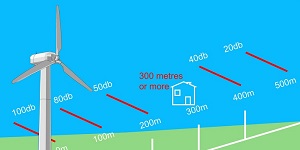 Modern low RPM (Revolutions Per Minute) turbines are very quiet, with sound levels usually below that of typical ambient noise in ...
Modern low RPM (Revolutions Per Minute) turbines are very quiet, with sound levels usually below that of typical ambient noise in ...
 Modern low RPM (Revolutions Per Minute) turbines are very quiet, with sound levels usually below that of typical ambient noise in ...
Modern low RPM (Revolutions Per Minute) turbines are very quiet, with sound levels usually below that of typical ambient noise in ...How Much Energy Will Wind Turbine ...
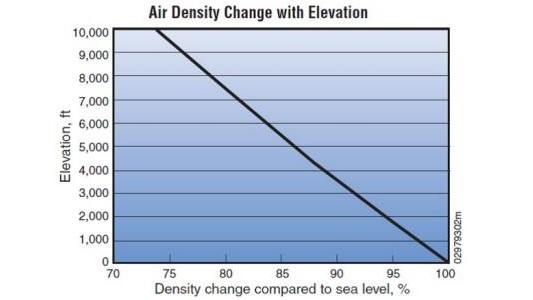 According to the AWEA Small Wind Turbine Performance and Safety Standard, the Rated Annual Energy of a wind turbine for ...
According to the AWEA Small Wind Turbine Performance and Safety Standard, the Rated Annual Energy of a wind turbine for ...
 According to the AWEA Small Wind Turbine Performance and Safety Standard, the Rated Annual Energy of a wind turbine for ...
According to the AWEA Small Wind Turbine Performance and Safety Standard, the Rated Annual Energy of a wind turbine for ...Does the Sound of Wind Turbines Affect ...
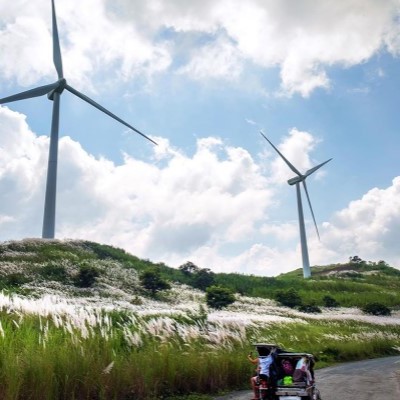 With respect to wind turbine noise, the one adverse impact that is supported by epidemiological data is an association between ...
With respect to wind turbine noise, the one adverse impact that is supported by epidemiological data is an association between ...
 With respect to wind turbine noise, the one adverse impact that is supported by epidemiological data is an association between ...
With respect to wind turbine noise, the one adverse impact that is supported by epidemiological data is an association between ...How do Wind Turbines Work?
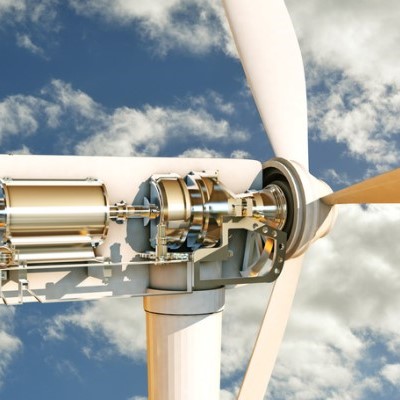 Wind turbines generate electrical power in the same way as all other generation technologies. The only difference is in the ...
Wind turbines generate electrical power in the same way as all other generation technologies. The only difference is in the ...
 Wind turbines generate electrical power in the same way as all other generation technologies. The only difference is in the ...
Wind turbines generate electrical power in the same way as all other generation technologies. The only difference is in the ...Is Wind Energy Practical for Me?
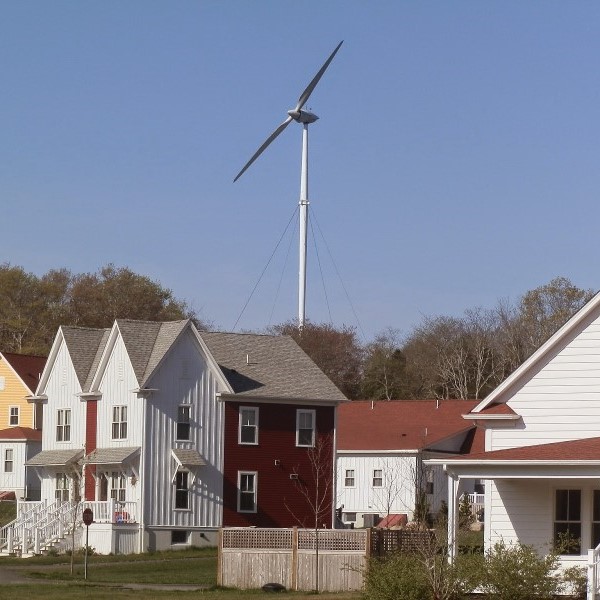 Can I use wind energy to power my home? More people across the country are asking this question as they look for a hedge ...
Can I use wind energy to power my home? More people across the country are asking this question as they look for a hedge ...
 Can I use wind energy to power my home? More people across the country are asking this question as they look for a hedge ...
Can I use wind energy to power my home? More people across the country are asking this question as they look for a hedge ...